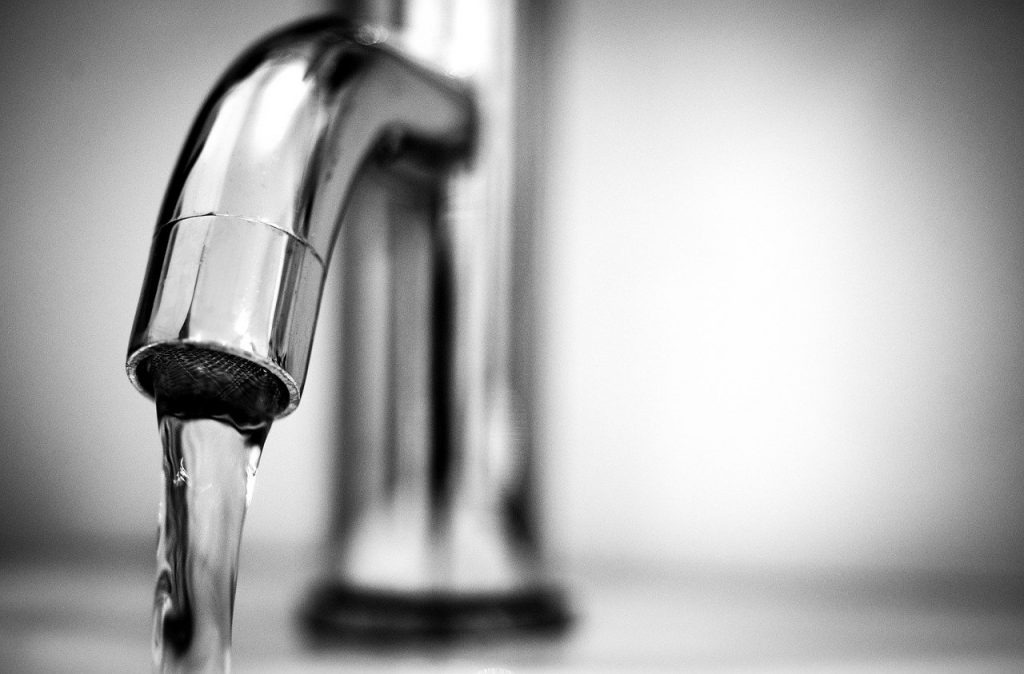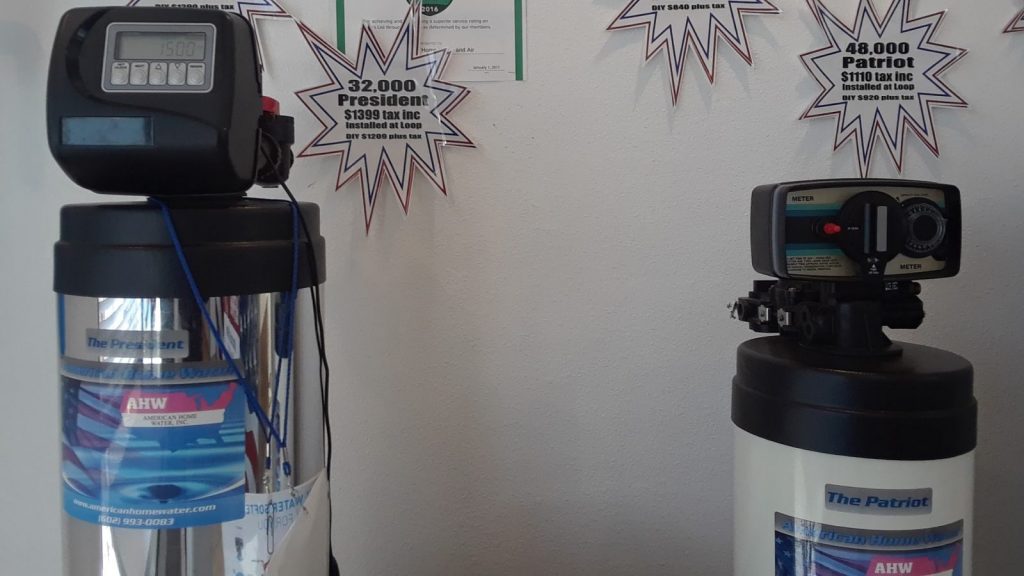Does a water softener remove iron? If you live in an area where your water supply originates from a well (as is the case with many US water systems) it will contain a lot of iron. In most homes, a standard water softener removes both water hardness and iron. While most households rely on water softener iron removal, a water softener isn’t adequate in homes where the water supply has a high amount of iron.
Let’s explore this topic in greater detail to find out what the best practice for removing iron from water actually is.
Do Water Softeners Remove Iron?
Yes — but you probably shouldn’t rely solely on a water softener for this purpose. To be clear, in cities like Phoenix, water softeners are a crucial part of your home’s water filtration setup. While they aren’t ideal for removing iron they do what most other systems can’t: remove minerals from your water with great precision.
When you remove iron with a water softener, the iron stays embedded in the resin bed. As such, the life of the resin in the system (and other internal parts of the water softener) is significantly reduced. You may find that the system wastes water and requires you to purchase iron cleaners and even replace the resin bed entirely more often.
Unlike filters in systems more suited towards iron removal (more on these later), resin beds are not meant to be replaced often. They should last between 15 and 20 years when you treat them properly.
Why Water Softener Iron Removal Is Tricky
Part of the issue with using a water softener to remove iron lies in the regeneration process, which does not remove iron that has been trapped in your softener’s resin bed.
Further, a softener won’t remove all of the iron — and even a minuscule amount of iron in water will cause staining. With as little as 0.3 parts per million, your water will have a brown iron stain.
Most water softeners are rated to remove only one ppm (one part per million) or 1 mg/L. However, most regions in the U.S. have higher amounts of iron than that. The water sources in some U.S. states have iron content up to 20 ppm. In Wisconsin, the US water systems provide water with up to 10 ppm. In other states such as Idaho, the iron content can go up to 15 ppm.
Missouri, Nebraska, Kansas, and Oklahoma have water with high levels of iron – more than a water softener can remove without causing damage to itself.
Instead of a softener, you need a more specialized treatment system.
How To Remove Iron From Water: Use A Filter
Two types of iron can be found in your water. One is ferric iron, which does not dissolve in water and remains visible. The second is ferrous iron, which is soluble and invisible to the naked eye.
The former is also known as red water iron while the latter is often referred to as clear water iron.
Removing either type of iron from your water requires at least one of the following processes:
- aeration
- oxidation filtration
- chemical oxidation
- reverse osmosis
As an added bonus, filters that use these methods will also remove other types of bacteria from your water. Some systems (like our Pro-Health whole house water filter) use multiple filtration techniques to get the job done.
To remove the iron bacteria, older iron systems use chlorine. A small chlorine generator insider the filtration system removes the bacteria and prevents its growth in your home or inside your water softener system. Get a water filtration system to supplement your water softener instead of wondering, do water softeners remove iron?
Why Bother Removing Iron In The First Place?
As you probably know, iron isn’t really bad for you. In fact, many Americans are actually deficient in iron. While both of those statements are certainly true, iron in your water presents a number of issues.
For one, it can taste bad — like blood, in extreme cases. This will taint your cooking and any beverages you prepare using water from your home.
Secondly, as mentioned earlier, even moderate levels of iron in water can tint it an unsightly brown. Next, iron breeds bacteria that you can observe in the form of slimy gunk at the back of your toilet. This bacteria won’t cause health issues but can change your water’s smell and isn’t something you really want to drink, anyway.
Lastly, iron in your water (and the bacteria, for that matter) can stick to pipes and plumbing, causing clogs and necessitating expensive repairs.
Does A Water Softener Remove Iron? — Conclusion
Even though iron is one of the essential minerals that your body needs, its presence needs to be tightly controlled in your water supply. Using a water softener to remove iron is not recommended because that’s not what these systems are designed for.
Allowing excessive iron in your water softener will damage the resin bed and require more frequent cleaning or replacement.
To avoid this, get a dedicated water filtration system (such as one that uses reverse osmosis or carbon) to remove iron.














